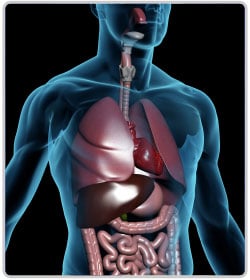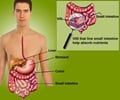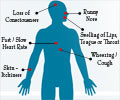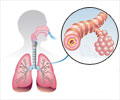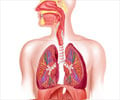What happens to the lungs in Asthma
Air reaches the lung through the windpipe (trachea), which divides into two large tubes (bronchi), one for each lung. Each bronchi further divides into many little tubes (bronchioles), which eventually lead to tiny air sacs (alveoli), in which oxygen from the air is transferred to the bloodstream, and carbon dioxide from the bloodstream is transferred to the air.
Although the airways normally have the potential for constricting in response to allergens or irritants, the asthmatics airways are more prone to constriction due to increased response to allergens. This insult makes the airways more prone to infection leading to inflammation and swelling causing further constriction of the pipes. Infection also causes increased mucus production and this clogs the narrowed airways.
Once the airways have become obstructed, it takes more effort to force air through them and
Because exhaling through the obstructed airways is difficult, too much stale air remains in the lungs after each breath. This decreases the amount of fresh air which can be taken in with each new breath, so not only is there less oxygen available for the whole body, but more importantly, the high concentration of carbon dioxide in the lungs causes the blood supply to become acidic. This acidity in the blood may rise to toxic levels if the asthma remains untreated.




